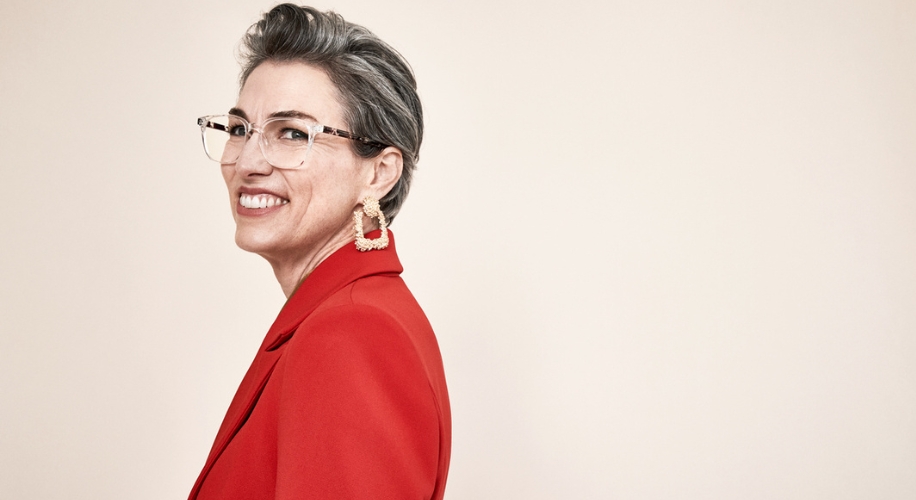Bifocals vs Progressives for Presbyopia
- BY Dr. Steven Liem
- IN Glasses

Presbyopia, often dubbed as the “aging eye condition,” is a natural part of the aging process. As we grow older, typically around age 40 and beyond, the lenses in our eyes gradually lose flexibility, making it difficult to focus on close objects. This phenomenon affects nearly everyone and necessitates the need for corrective eyewear. Among the popular choices are bifocals and progressives, each offering its own set of pros and cons.
Bifocals: A Traditional Solution
Bifocals have been a trusted solution for presbyopia for centuries. They consist of two distinct optical powers in a single lens: the upper portion corrects distance vision, while the lower part aids in near vision. This design allows wearers to switch focus effortlessly between distant and close-up objects.
Advantages
- Clear Division: Bifocals offer a clear division between the two prescriptions, making it easy for wearers to transition between different distances.
- Cost-Effective: Bifocals tend to be more affordable than progressive lenses, making them a budget-friendly option for those seeking a straightforward solution to presbyopia.
Disadvantages
- Visible Line: One of the primary drawbacks of bifocals is the visible line that separates the two prescriptions, which some wearers find cosmetically unappealing.
- Limited Intermediate Vision: Bifocals provide clear vision for near and far distances but usually lack in the intermediate vision, such as viewing a computer screen or reading music.
Progressives: Modern Versatility
Progressive lenses offer a newer solution to presbyopia, combining multiple prescriptions into a single lens without any visible lines. Unlike bifocals, progressives provide a seamless transition between different focal lengths, including distance, intermediate, and near vision.
Advantages
- Seamless Viewing: Progressives offer a smooth progression of power throughout the lens, allowing wearers to see clearly at all distances without the inconvenience of switching between different pairs of glasses.
- Cosmetically Appealing: With no visible lines, progressive lenses provide a more aesthetically pleasing appearance compared to bifocals, maintaining a more youthful and modern look.
Disadvantages
- Adaptation Period: Adjusting to progressive lenses may require some time and patience, as wearers need to learn how to find the correct viewing areas for different tasks.
- Higher Cost: Progressives tend to be more expensive than bifocals due to their advanced technology and manufacturing process, which may pose a financial barrier for some individuals.
Making the Right Choice
When it comes to selecting the right corrective eyewear for presbyopia, there is no one-size-fits-all solution. Both bifocals and progressives offer unique benefits and drawbacks, catering to different lifestyle preferences and visual needs. While bifocals provide a simple and cost-effective solution with clear division between prescriptions, progressives offer modern versatility and aesthetics with seamless transitions between distances. Ultimately, the decision boils down to personal preference, comfort, and lifestyle factors. Consulting with an optometrist can help determine the most suitable option based on individual requirements, ensuring optimal vision and satisfaction.


